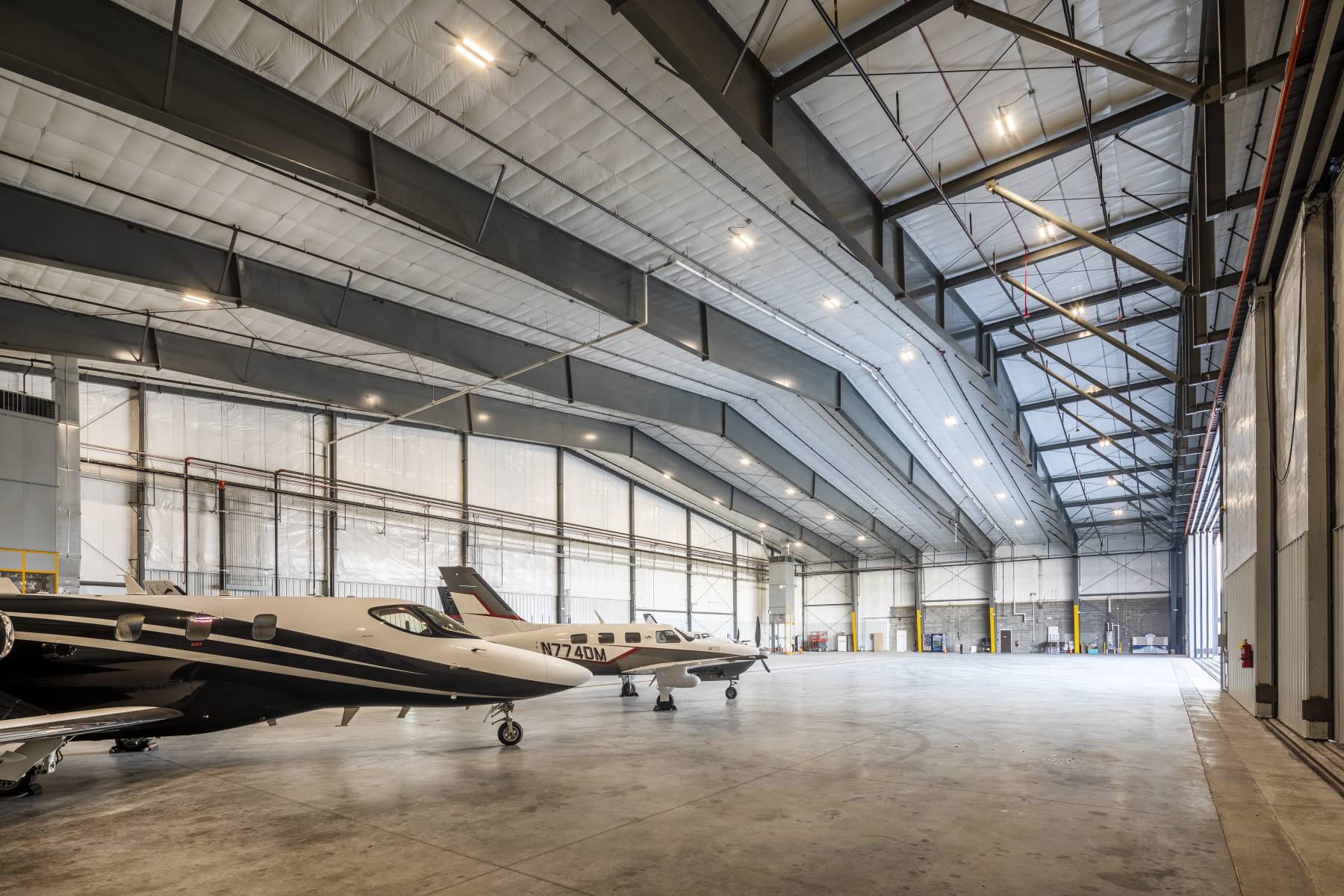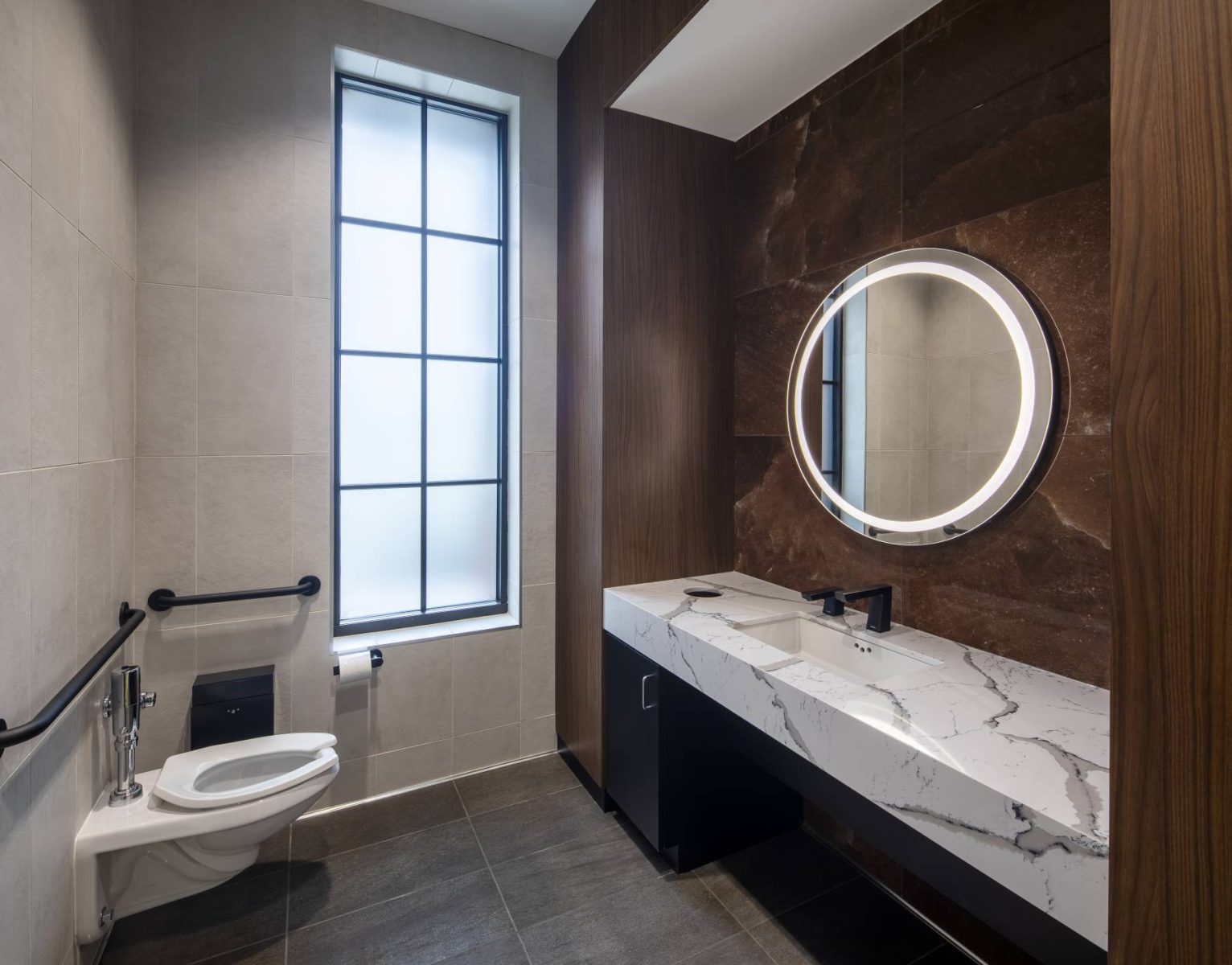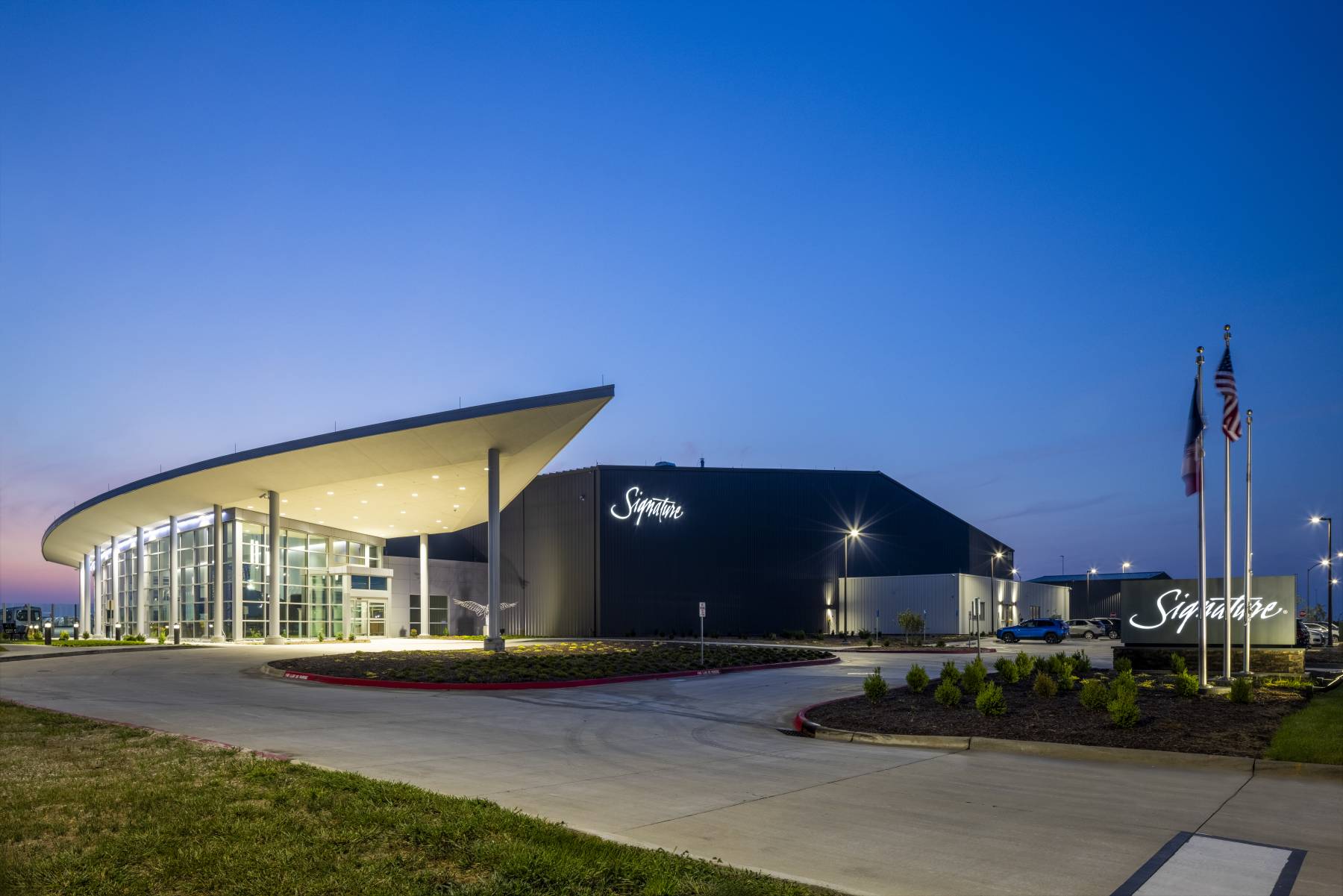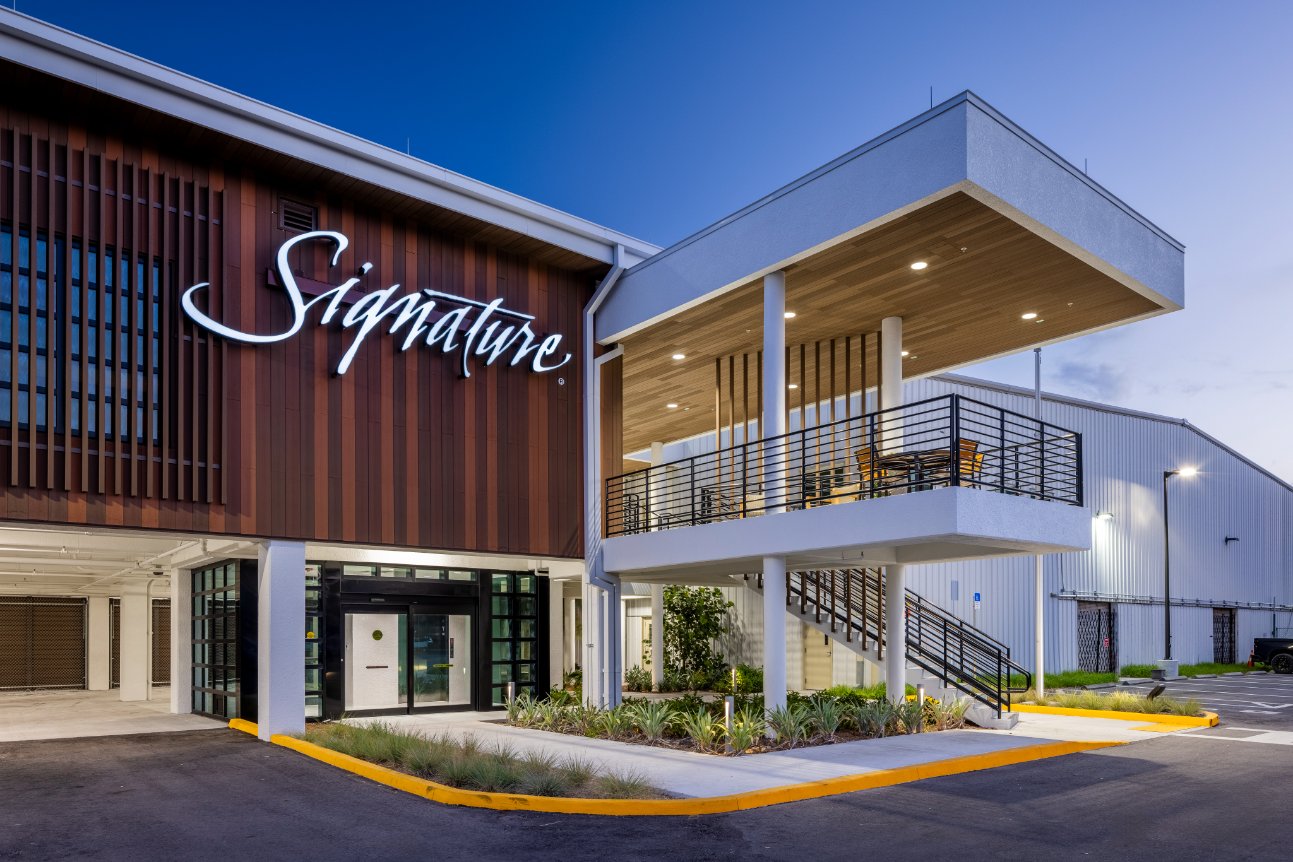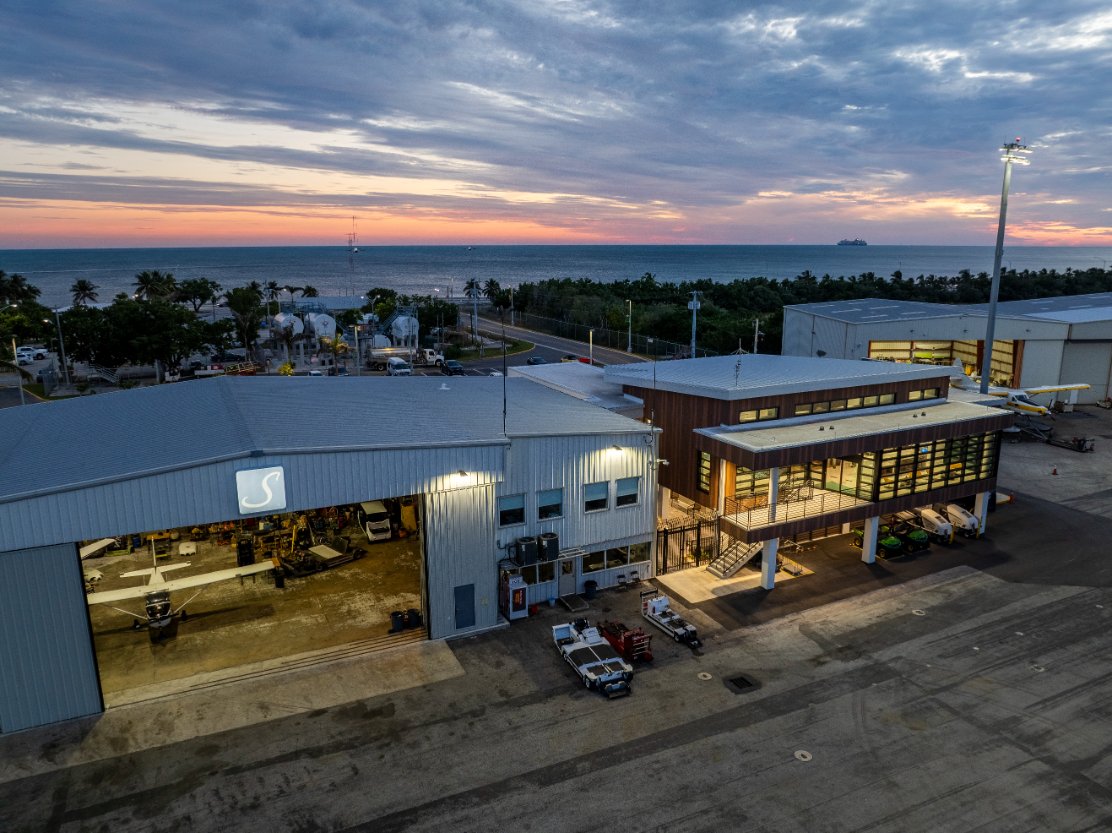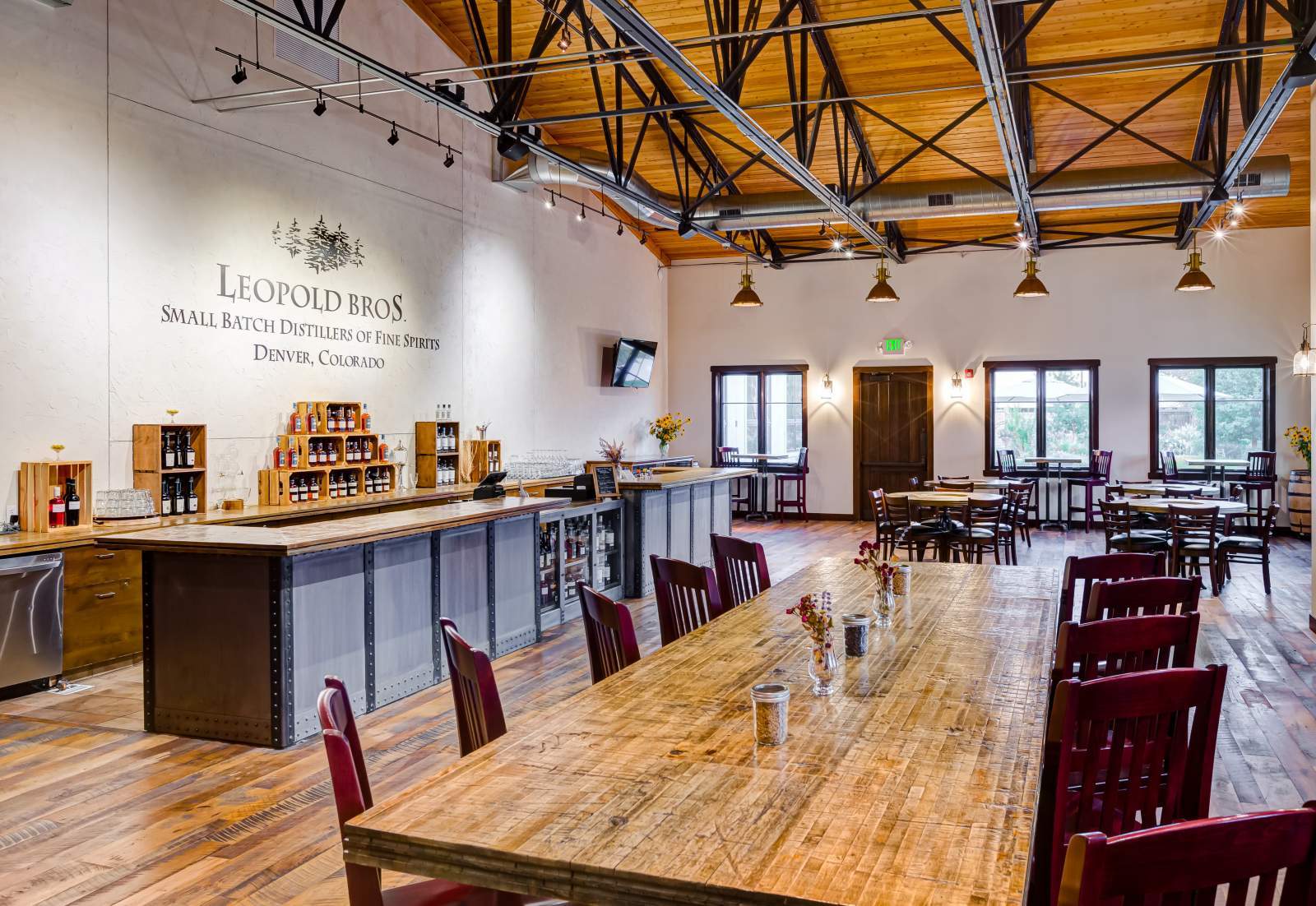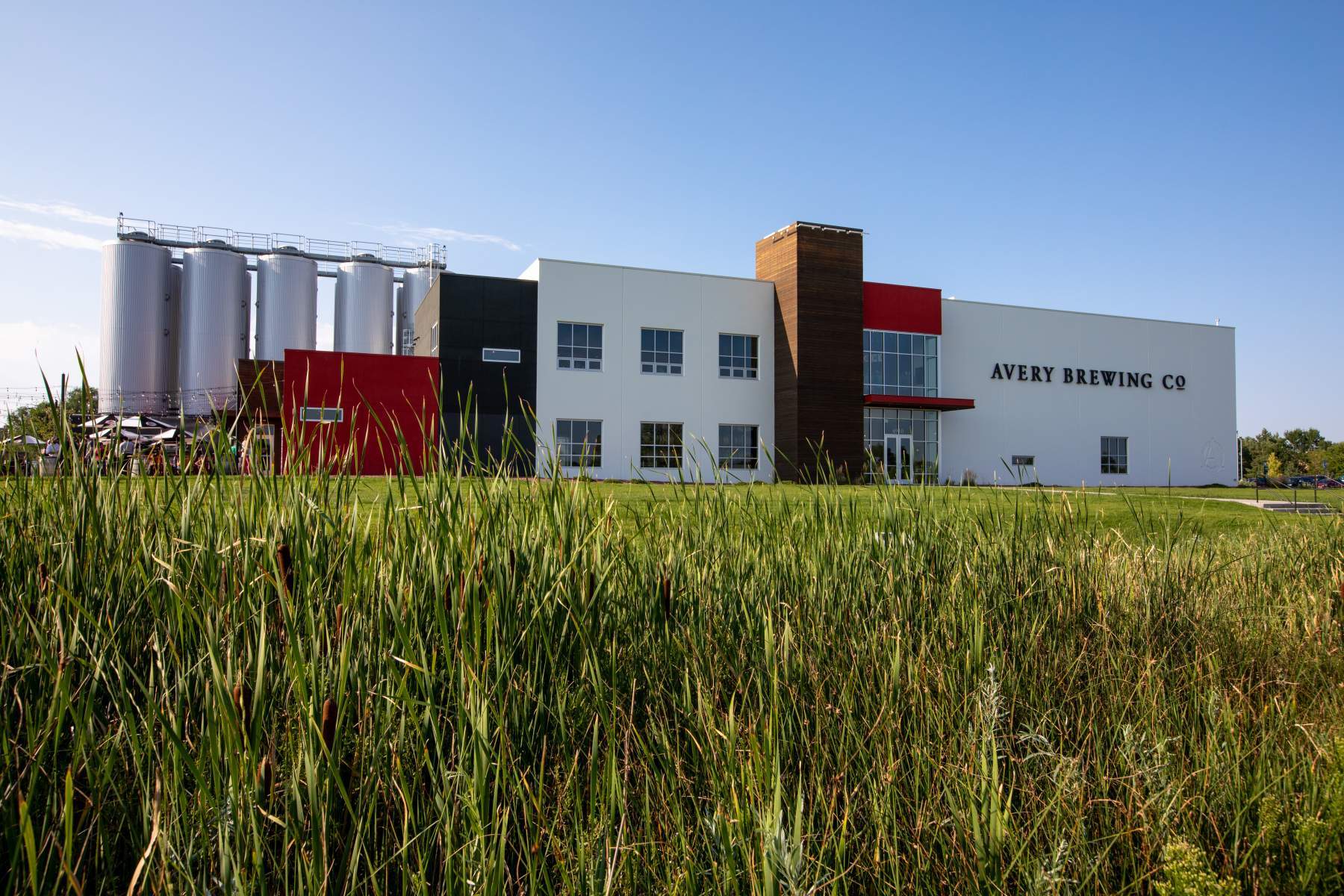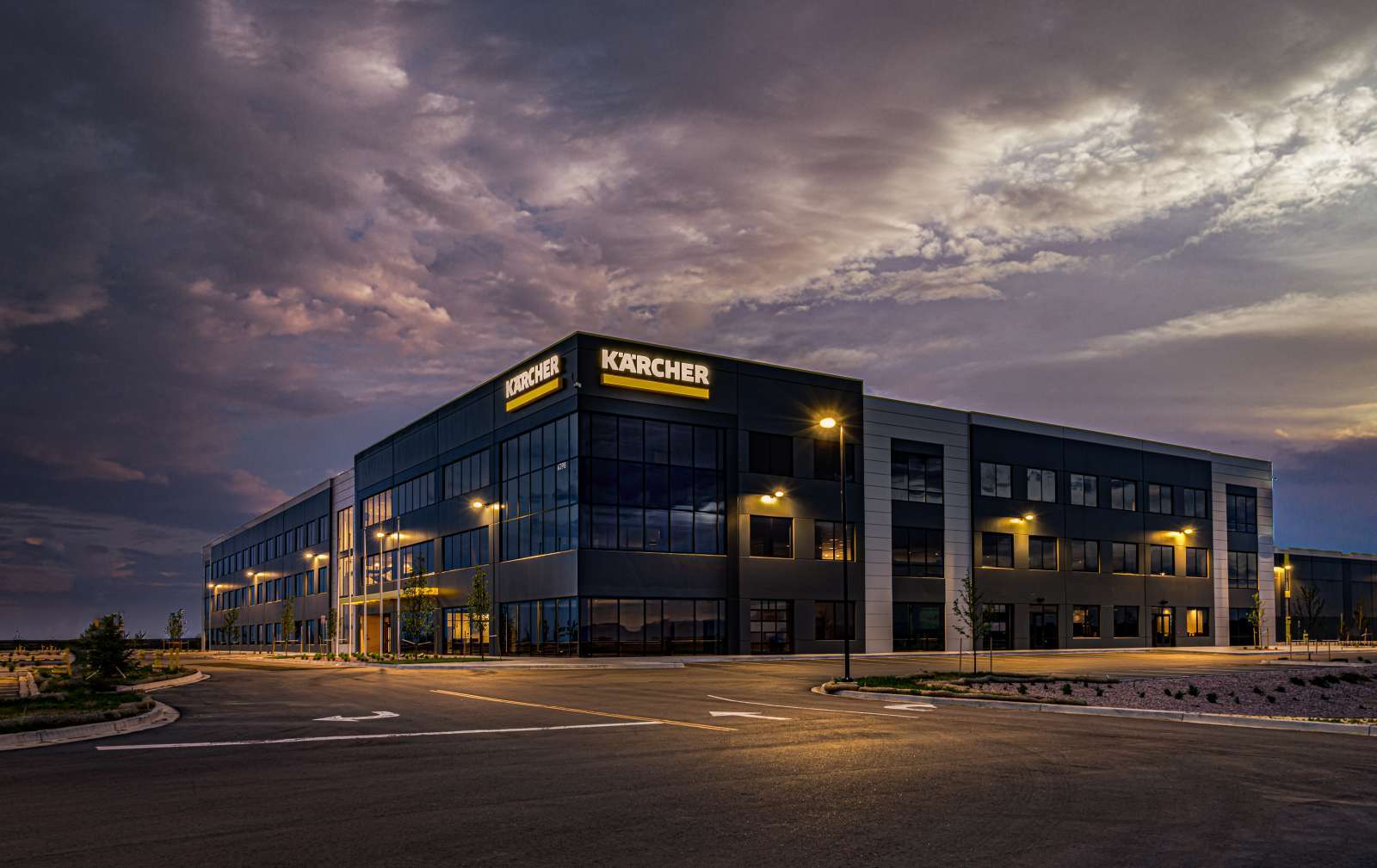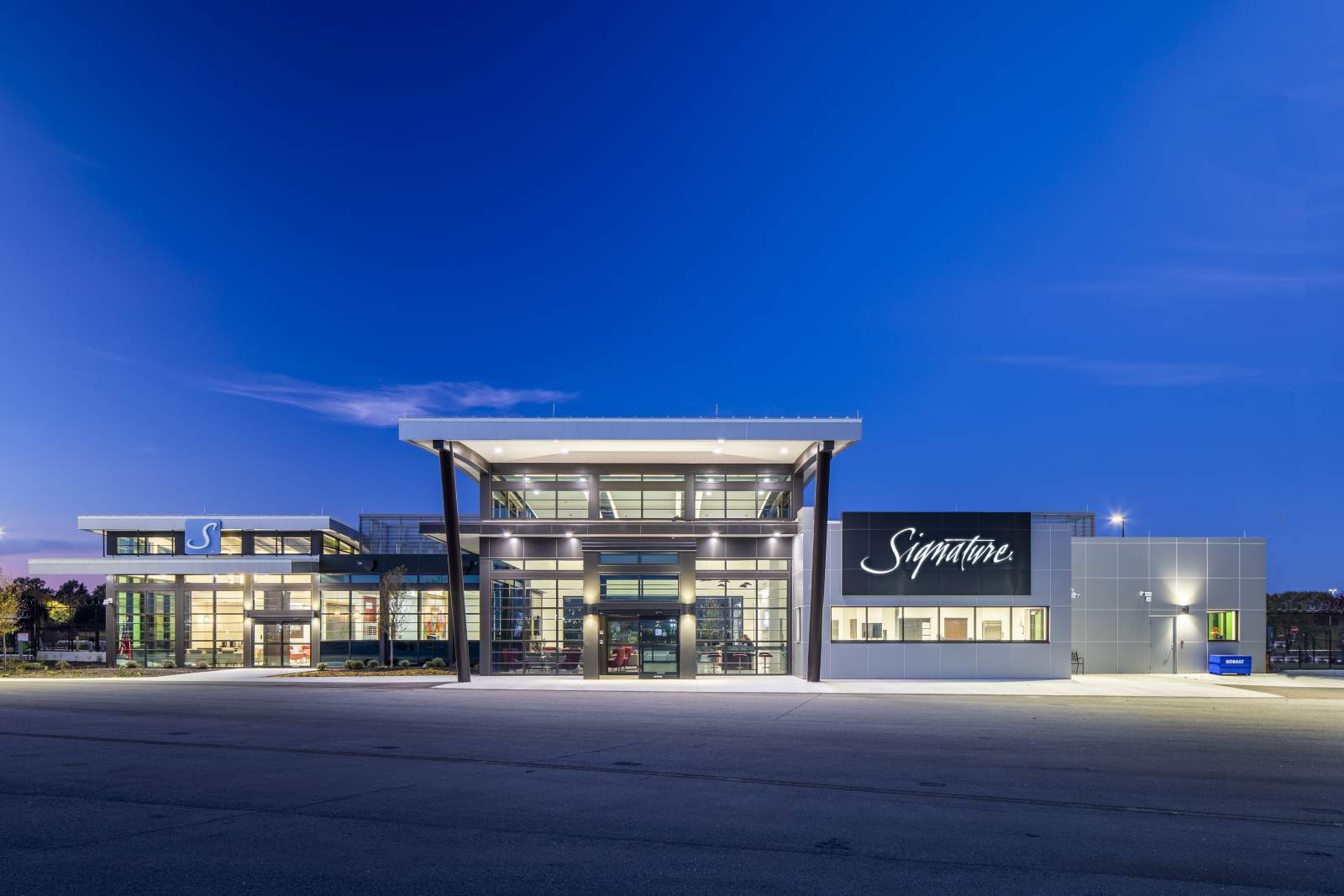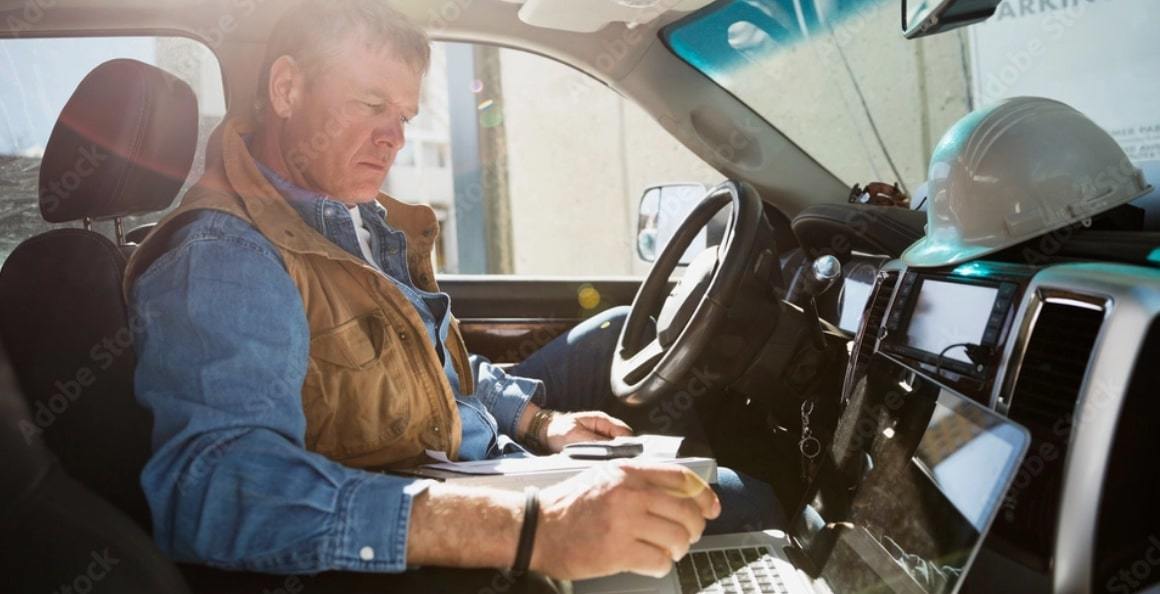At Thompson Engineering, we believe in celebrating the incredible talent that drives our projects forward. Today, we’re proud to shine a spotlight on one of our outstanding engineers, Dustin Linquist, whose dedication and expertise were crucial in designing the mechanical and plumbing systems for the airport terminal and hangar in Key West, Florida.
Key West, Florida, renowned for its stunning sunsets, vibrant culture, and historic charm, is a unique location for a private airport hangar and terminal. Designing the mechanical and plumbing systems for such a facility involves addressing a myriad of challenges, from climate considerations to ensuring efficiency and reliability, and said simply was no small feat. As a gateway to one of the most vibrant travel destinations in the country, the facility required systems that not only met rigorous safety and efficiency standards but also aligned with the region’s unique environmental challenges. Dustin led the charge, ensuring that our designs would support the airport’s high demand while adhering to sustainability goals.
This post explores the critical aspects of designing these systems, tailored to the distinctive environment of Key West, and the integral role Dustin played in this project.
Key West’s tropical climate, characterized by high humidity, intense heat, and the occasional hurricane, significantly influences the design of mechanical and plumbing systems. Given the high humidity, Dustin understood the crucial aspect of tackling humidity in the HVAC design. Minimizing the exposure to humidity not only ensures comfort but also protects sensitive equipment and aircrafts from moisture-related damage. If not properly managed, high humidity can accelerate the formation of rust and corrosion on metal components within the HVAC system, including ducts, coils, and structural parts. This can weaken the integrity of these components and lead to failures and costly repairs. Additionally, the moisture can infiltrate electrical parts such as circuit boards and wiring, causing short circuits, malfunctions, or complete system shutdowns.
Designing HVAC systems in hurricane-prone areas like Key West, Florida, requires special considerations to ensure resilience against severe storms. With Hurricane Milton and similar events highlighting the importance of robust engineering, storm-proofing HVAC systems is a critical step in safeguarding not just the equipment but the entire facility. Dustin approached this project with a keen understanding that HVAC units for this project needed to meet strict wind-load ratings to ensure that they can withstand extreme wind speeds without being dislodged or damaged.
One of the greatest risks posed by hurricanes is flooding, especially in low-lying coastal areas like Key West. Heavy rain, storm surges, and rising water levels can severely damage HVAC equipment if not properly protected. By raising outdoor HVAC systems on elevated platforms or rooftops ensures they are kept above floodwaters. This simple measure can prevent costly water damage during storm surges, which can occur frequently in areas affected by hurricanes. Even if flooding is not a direct threat, heavy rainfall during hurricanes can seep into HVAC systems and cause electrical failures or corrosion, so Jake incorporated advanced drainage systems to handle the heavy rainfall and prevent flooding.
When water is not an immediate threat, heat and fire certainly can be, which is why Dustin also coordinated the strict compliance to adhere to stringent fire safety regulations which include sprinkler systems, fire hydrants and fire resistant materials.
With all the challenges and environmental threats we’ve covered during this post, we couldn’t leave without sharing one of our favorite aspects of this design, the Haiku fan by Big Ass Fans. Dustin worked closely with the Architectural team for this project and suggested the Haiku fan for the interior of the building for it’s ability to fit perfectly with the aesthetic goals of the building while also enhancing comfort in an area that was impossible to provide supply air from the HVAC system. The sleek Haiku fan offers a minimalistic, contemporary look that adds an element of sophistication for upscale environments like this private terminal. The Haiku fan also utilizes a powerful yet energy-efficient motor that keeps large spaces comfortable without consuming much energy. Haiku fans are known for their WhisperQuiet technology, making them nearly silent—ideal for areas where a calm atmosphere is desired. Lastly, the airflow benefits were second to none. In a large terminal space, Haiku fans provide effective air circulation, reducing stuffiness and enhancing comfort for travelers without overwhelming the space with noise or draftiness.
From the early planning stages, Dustin played an integral role in the project. His innovative approach to mechanical and plumbing design included solutions that balanced energy efficiency with resilience against the coastal climate. Whether it was optimizing the HVAC systems to manage Florida’s heat and humidity or ensuring the hangar’s water systems could withstand potential storm surges, Dustin tackled each challenge with skill and precision.
The success of the Key West Airport Terminal and Hangar project is a testament to the hard work and creativity of engineers like Dustin. We are proud to have such talented individuals on our team and look forward to more groundbreaking projects that showcase the best of what we do.
Thompson Engineering remains committed to delivering engineering excellence, and it’s people like Dustin who make that possible every day.
